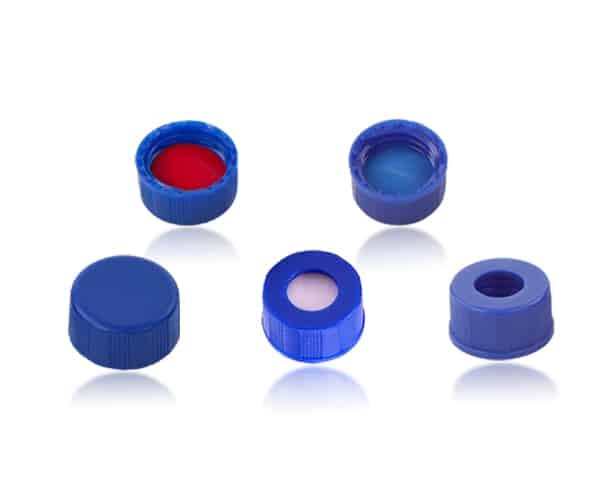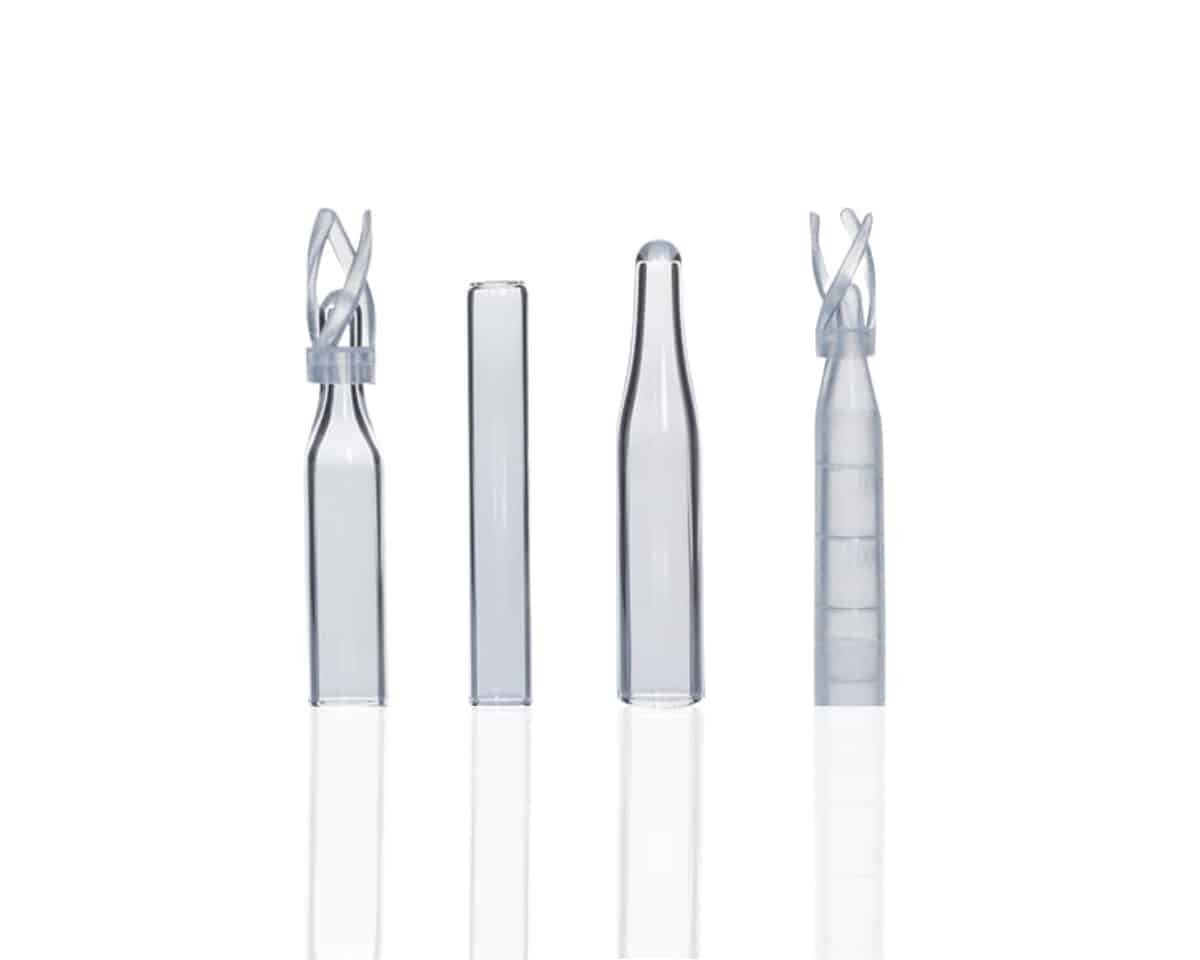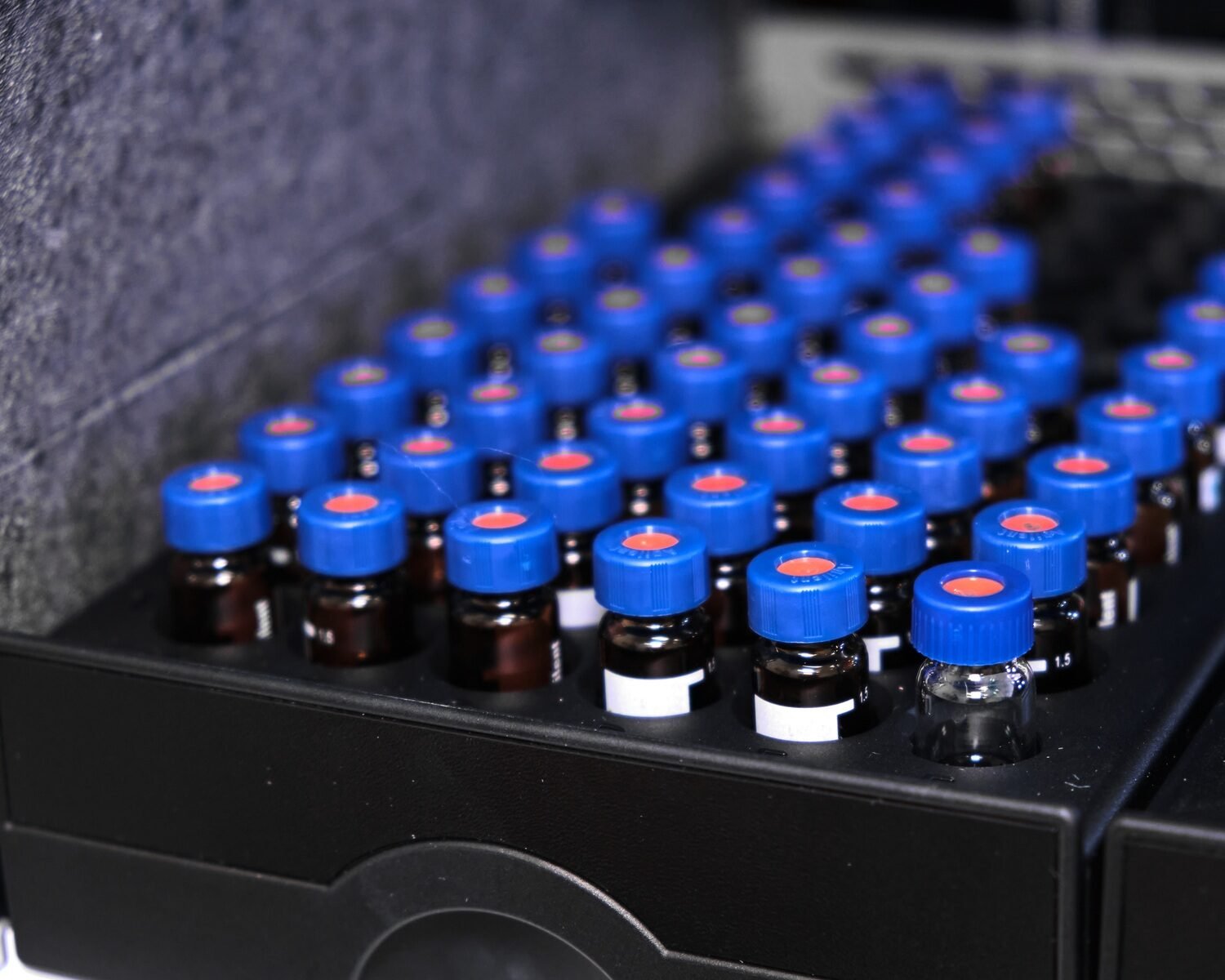Introduction: The Shift Towards Sustainability in Labs
Hey there! Let me ask you something—have you noticed how much waste labs generate? Think about the solvents, single-use consumables, and energy-intensive instruments. It’s a lot, right? Over the past few years, I’ve been seeing more labs, including my own, start to think seriously about sustainability. And it’s not just because it feels good to go green—there’s real pressure from regulators, clients, and even employees to reduce environmental impact.
Why is chromatography such a big deal here? Well, it’s one of the most resource-heavy analytical methods. From the solvents used in HPLC to the mountains of single-use vials and filters, there’s plenty of room for improvement. The good news? Scientists and manufacturers are stepping up with some amazing innovations.
Today, I’m going to walk you through the latest trends in sustainable chromatography. We’ll talk about everything from reducing solvent waste with green HPLC to rethinking consumables and using energy-efficient systems. By the end of this, I think you’ll see that sustainability doesn’t just help the planet—it can actually make your lab more efficient and save money. Sound good? Let’s dive in!
Green HPLC: Reducing Solvent Waste
So let’s start with the big one: solvents. If you’ve ever worked with HPLC, you know how much solvent it takes. And most of those solvents are hazardous, expensive, and tricky to dispose of responsibly. What’s worse, they often account for a big chunk of a lab’s carbon footprint. But here’s the exciting part—there are now techniques and technologies that drastically cut solvent usage.
Low-Solvent and No-Solvent Techniques
Have you heard about supercritical fluid chromatography (SFC)? It’s a fantastic example of a low-solvent method that’s gaining popularity. Instead of relying on liquid solvents, SFC uses supercritical carbon dioxide as the mobile phase, sometimes with just a tiny amount of organic modifier. What’s the result? Less waste, lower costs, and reduced toxicity.
What do I think of that? Honestly, it’s a game-changer. Imagine cutting your solvent use by half—or more—without sacrificing performance.
Optimizing Columns for Efficiency
Another area where labs are getting smarter is with column technology. Narrow-bore columns, for example, require smaller volumes of mobile phase, while advanced packing materials improve separation efficiency. Sub-2-micron particle columns might cost a bit more upfront, but they pay for themselves with shorter run times and reduced solvent use.
Real-World Results
Let me share a quick story. One pharmaceutical lab I worked with transitioned to optimized green HPLC methods and saved 40% on solvent costs in a year. They also cut their hazardous waste output by nearly half. It wasn’t just about the money—they said it made their team feel more responsible and motivated.
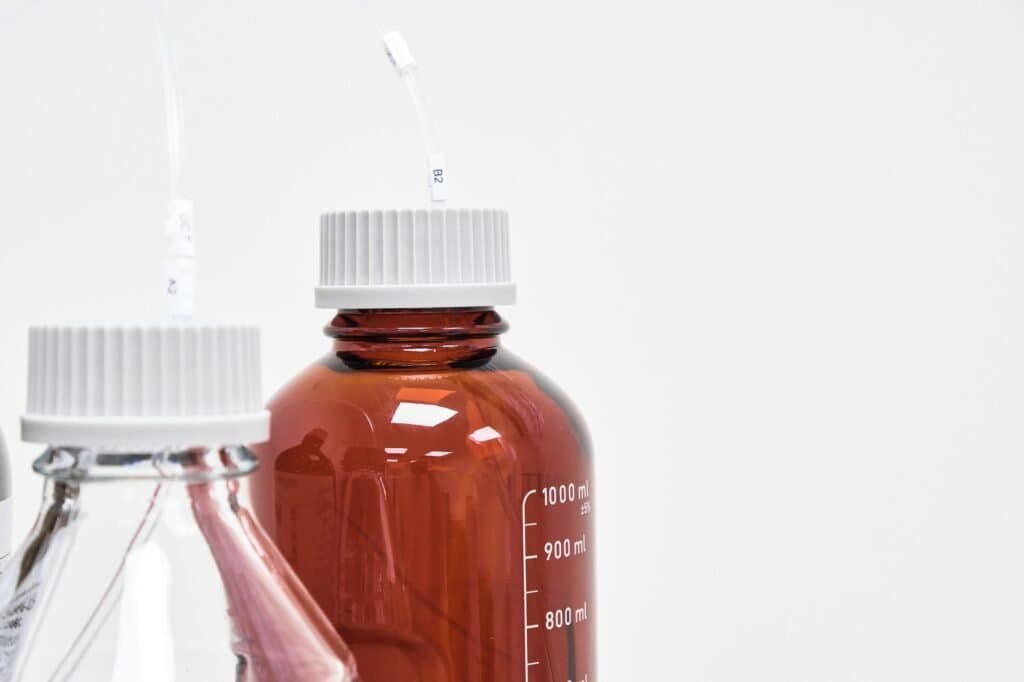
Reusable and Recyclable Chromatography Consumables
Okay, let’s talk about consumables. How many single-use vials, caps, and filters does your lab go through in a week? A month? I bet the numbers would shock you if you added them up. The good news is that there are now more sustainable options out there.
Reusable Columns and Regenerable Materials
Have you ever tried reusable columns? These are designed to withstand multiple regeneration cycles without losing performance. Sure, they need a bit more care, but the environmental and financial benefits are worth it.
Reusable materials aren’t limited to columns. Some labs are exploring regenerable filters and other components that can handle multiple uses with simple cleaning steps.
Eco-Friendly Packaging
One of the more subtle but impactful trends is recyclable or biodegradable packaging for consumables. I recently switched to a supplier that uses compostable materials for their HPLC vial boxes. Small change? Sure. But multiply that across hundreds of labs, and the impact adds up fast.
Do you agree that we often overlook packaging waste? I know I used to—until I saw the piles of plastic our lab generated every week.
Energy-Efficient Chromatography Equipment
When we think about sustainability, energy consumption often gets overlooked. But modern chromatography systems are pretty power-hungry, especially if they’re running 24/7. That’s why I’m thrilled about the advancements in energy-efficient equipment.
Smarter Pumps and Detectors
Newer systems come with variable-flow pumps that adjust power usage based on the task at hand. LED-based detectors are also becoming more popular because they consume far less energy than traditional lamp-based systems.
Automation Saves Energy
Another big trend is automation. Automated systems reduce the time equipment spends idling, which can significantly lower energy consumption. Some setups even have auto-shutdown features for inactive components.
It’s all about working smarter, not harder—don’t you think?
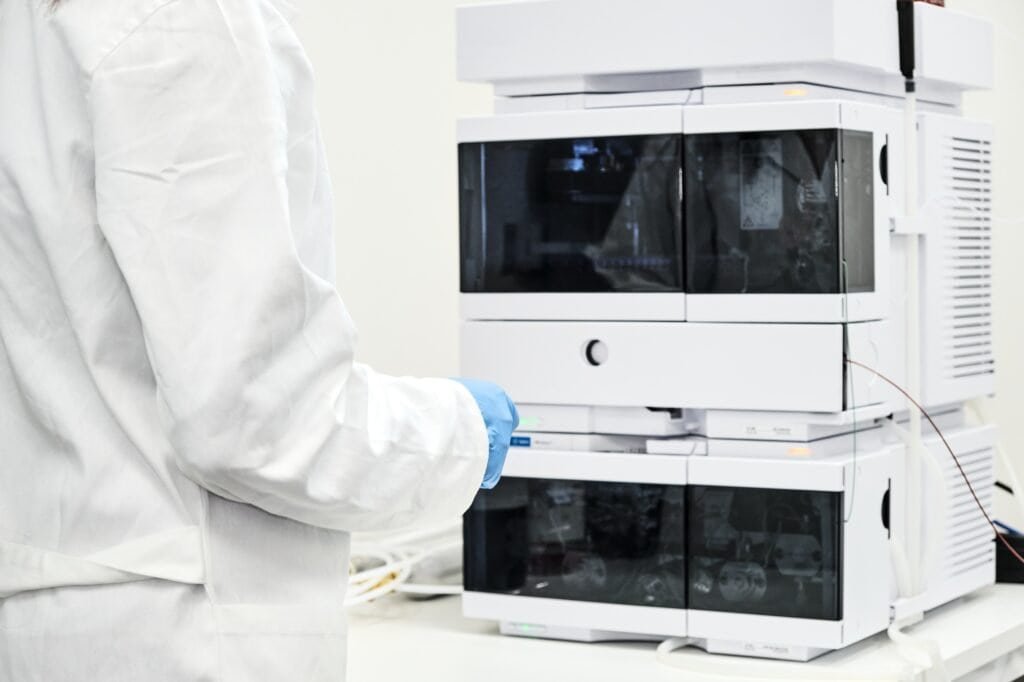
Sustainable Practices for Everyday Lab Operations
Finally, let’s get practical. Sustainable lab operations don’t have to mean overhauling your entire setup. Sometimes, the little things make a big difference.
Switching to Eco-Friendly Solvents
Have you tried greener solvent alternatives like ethanol or water-based systems? They’re less toxic and easier to dispose of, and they’re often cheaper, too.
Reducing Waste in Sample Prep
Think about your sample prep process. Are you using just the amount you need, or do you tend to overshoot? Automated pipetting systems can help reduce waste and improve accuracy.
Building a Culture of Sustainability
Here’s something I’ve learned: sustainability starts with people. Train your staff to prioritize green practices, like reusing glassware and segregating waste properly. Even something as simple as turning off equipment when not in use can make a difference.
Do you think your team would get behind this? In my experience, once people see the benefits—environmental and financial—they’re all in.
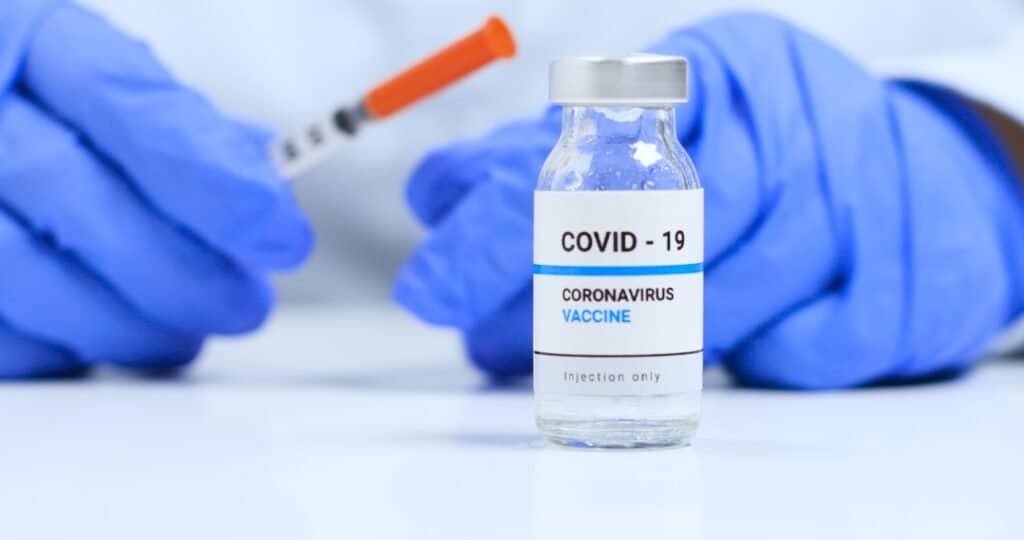
Conclusion: The Future of Sustainable Chromatograph
So, where does all this leave us? To me, the future of chromatography is clearly green. Advances in technology and a growing awareness of our environmental responsibilities are driving real change. And while adopting these practices might seem daunting at first, the long-term benefits—for your lab, your budget, and the planet—are undeniable.
What’s your next step? Maybe it’s trying a reusable column or switching to greener solvents. Whatever it is, start small and build from there. Together, we can make sustainable chromatography the new standard.
FAQ: Common Questions About Sustainable Chromatography
Q: What are the most impactful ways to reduce solvent waste in chromatography?
A: Switching to low-solvent or solvent-free techniques, like supercritical fluid chromatography (SFC), is highly effective. Additionally, optimizing column efficiency and using narrower-bore columns can reduce the volume of solvents required.
Q: Are reusable columns as reliable as traditional single-use columns?
A: Yes, reusable columns are designed for multiple regenerations without compromising performance. Proper cleaning and storage are essential to maintain their efficiency over time.
Q: How can labs transition to greener solvents without affecting analytical results?
A: Gradual transition is key. Start by testing eco-friendly solvents, like ethanol or water-based alternatives, on less critical applications. Over time, integrate them into standard protocols after validating performance.
Q: What are the cost implications of switching to sustainable lab practices?
A: While some sustainable products, like reusable columns or energy-efficient systems, may have higher upfront costs, they often lead to significant savings in solvent use, waste disposal, and energy consumption.
Q: How can I encourage my team to adopt sustainable practices?
A: Training and clear communication are crucial. Show your team the environmental and cost benefits, and involve them in setting sustainability goals. Small incentives or recognition for eco-friendly behavior can also help build momentum.
Q: Are there certifications or standards for sustainable chromatography practices?
A: While specific certifications for sustainable chromatography are still emerging, general green lab certifications, like LEED (Leadership in Energy and Environmental Design) or My Green Lab’s ACT label, can guide your efforts.




